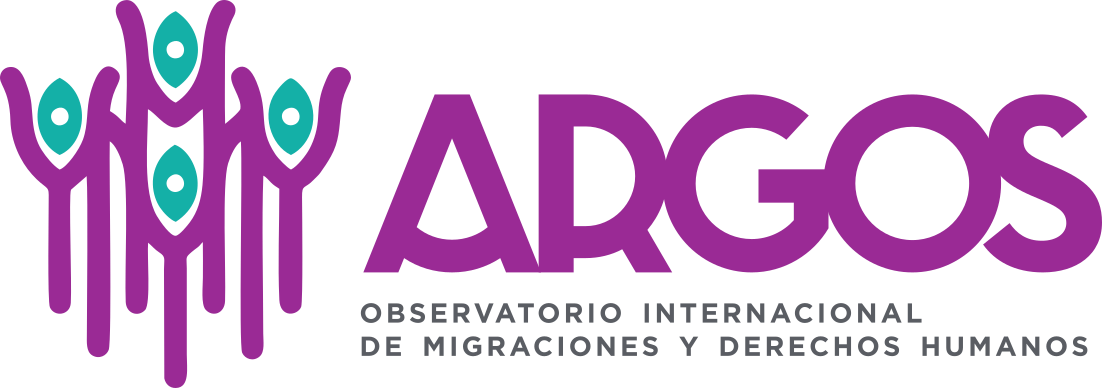The Economic Commission for Latin America and the Caribbean (ECLAC) has pointed out that the outbreak of the HIV/AIDS pandemic in the region aggravated the already high levels of inequality, labor informality, lack of social protection and vulnerability present in Latin American and Caribbean countries, characterized by weak and fragmented social protection systems and the presence of marginalized urban settlements with limited access to public services.1
On the other hand, the region also has the second highest number of deaths from the virus after Europe, with 601,256 deaths. By March 8, 2021, Brazil and Colombia were the countries with the highest number of confirmed cases of COVID-19 in Latin America and the Caribbean. Brazil leads with 11,019,344 infections, followed by Colombia with 2,276,656 cases2. Of this figure, 2,180,777 were recovered; 6,598 people died; and around 30,000 cases remain active, according to data from the Colombian Ministry of Health.
In the face of the unprecedented crisis resulting from the COVID-19 pandemic, the government of Iván Duque has implemented a series of restrictive measures aimed at halting the spread of the SARS-CoV-2 virus, such as confinement, quarantine, preventive isolation and mobility restrictions. However, international organizations and academic studies have warned that such measures have led to a considerable increase in poverty and inequality globally, with people working in the informal economy who depend on the income they generate on a daily basis being the main victims.
On March 12, 2020, six days after the confirmation of the first case of COVID-19 in Colombian territory, government authorities declared a state of sanitary emergency to contain the virus, and subsequently, on March 24, a mandatory national quarantine for 19 days, a measure that by that date had only been adopted in the region by the governments of Venezuela and Argentina. In the Colombian case, the quarantine was requested by various health sector organizations, which urged the government, in a public letter, to apply “more drastic measures than those taken to date, to avoid the disastrous changes in epidemiological indicators that have been a constant feature of this crisis”.3
Decree 457 provided for the restriction of the free movement of persons and vehicles within the national territory, the suspension of domestic air transportation and the imposition of criminal sanctions (such as fines and imprisonment) on those who violated the regulations. As was to be expected, these measures had negative effects on economic activity and, consequently, generated the loss of jobs and income for a large sector of Colombian society, historically marked by inequality, discrimination and social exclusion.
While people in the middle and upper strata of the population have the socioeconomic conditions to cope with the isolation and confinement measures, those in the lower and lower-middle strata have seen their incomes particularly affected by the decline in informal employment and mobility restrictions, in addition to being exposed to a much greater risk of contracting the virus.4
This was the context that prompted a significant number of migrants of Venezuelan origin in Colombia to return to their country, precisely because this population survived mainly in the informal economy. However, as a consequence of the border closure measures, returnees were forced to use irregular crossing points, with all the risks that this entails.
Due to the return of Venezuelans in several countries in the region, people from Peru, Ecuador and Chile transited through Colombia and were forced to seek alternatives to the closed border crossings in order to reach Venezuela. It is estimated that more than 200 thousand people passed through the Colombia-Venezuela border between March and December 2020, many of them in very impoverished conditions.5
A study conducted by the Universidad de los Andes on the socioeconomic pattern in the city of Bogota showed that the most vulnerable socioeconomic groups are exposed to a higher incidence of COVID-19. For example, as of July 2020, in stratum 1 there were 93 infections and 3.1 deaths per 10,000 households; in stratum 2 there were 56.4 infections and 2 deaths; while in stratum 6 there were only 8 infections and 0.6 deaths. In other words, “more than 10 times the difference in infections between those at the top and those at the bottom”. Given the way in which the Venezuelan population was integrated into the Colombian economy, it can be assumed that this population responded to the characteristics of the lower strata, as well as their greater risk of coronavirus infection. This fact is confirmed by the information gathered by the Venezuelan health authorities through the devices installed at the border crossings since March 2020, where it was evident that as the months passed, the number of infected people coming from Colombia was increasing.6
On the other hand, the flow of migrants to the United States of America, passing through the Darien Gap between Colombia and Panama, was slowed as a result of the pandemic. However, it was recorded that between January and October 2020, Panamanian authorities intercepted 287 African migrants coming from Colombia, which is one of the transit countries. In 2019, this figure was around 5 thousand people. It should be taken into account that migrants from African and Asian countries usually travel by plane to a country bordering Colombia with tourist visas, and then enter Colombian territory and continue their journey to the north, paying coyotes at each border. The suspension of flights implied a drop in this flow.7
In this sense, the migratory dynamics in Colombia during the pandemic crisis have been clearly altered. On the one hand, there has been a return migration of Venezuelans, both from Colombia itself and from other countries in the region, and on the other hand, migration to Panama from Africa and Asia has been suspended, except for those who were already in the American continent at the time the suspension of intercontinental air traffic began.
References:
2 https://es.statista.com/estadisticas/1105121/numero-casos-covid-19-america-latina-caribe-pais/
4 https://www.france24.com/es/20200406-colombia-tela-roja-ayuda-coronavirus-pobreza-cuarentena

